4. Embedded programming
Arduino vs Raspberry Pi Pico
This past week we get a glimpse of the world of Arduino and Raspberry, two of the most known boards for DIY projects.
Well, let´s begin with simple things: what are they? what are they use for? and most important thing, what did we do with them?
Arduino is a family of Micro Controller Units (MCU). They are use to control operations one program at a time. For example: measure humidity in the soil
For that kind of task you shall connect a sensor and a program to gather the data. With this data, you could feed another program to water the soil.
With Raspberry we have a complete different kind of board. Raspberry Pi was strictly known as a single-board computer (SBC), which is a microcontroller unit with CPU, RAM, and external hard disk. In other words, it’s a computer on a chip, capable of running a wide range of operating systems, including Linux, Chrome, and even Windows.
Arduino UNO R3
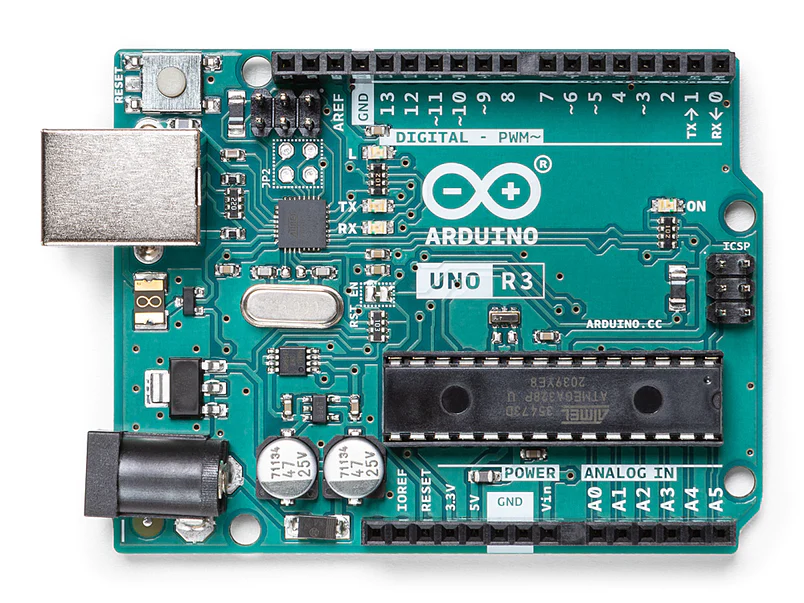
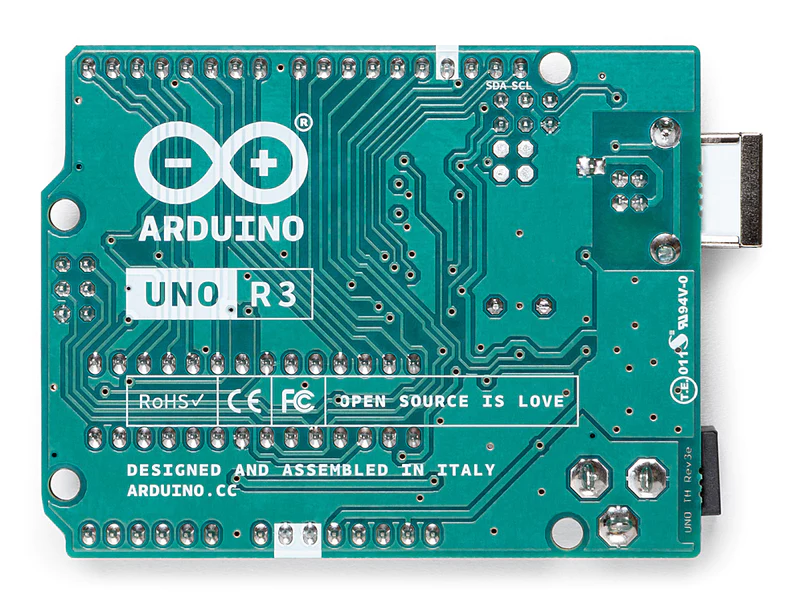
Technical specs
Datasheet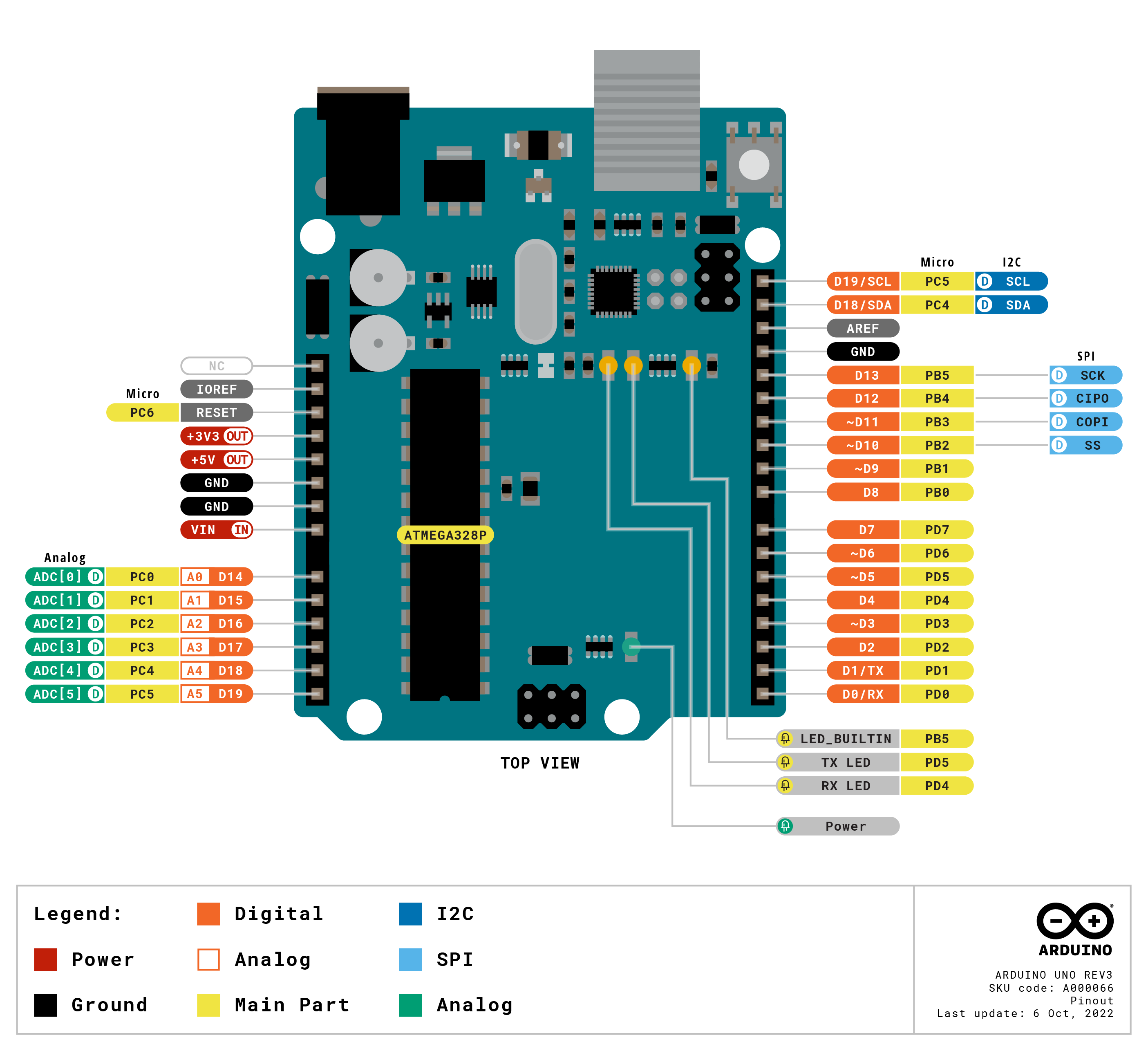
Pinout Arduino Uno R3
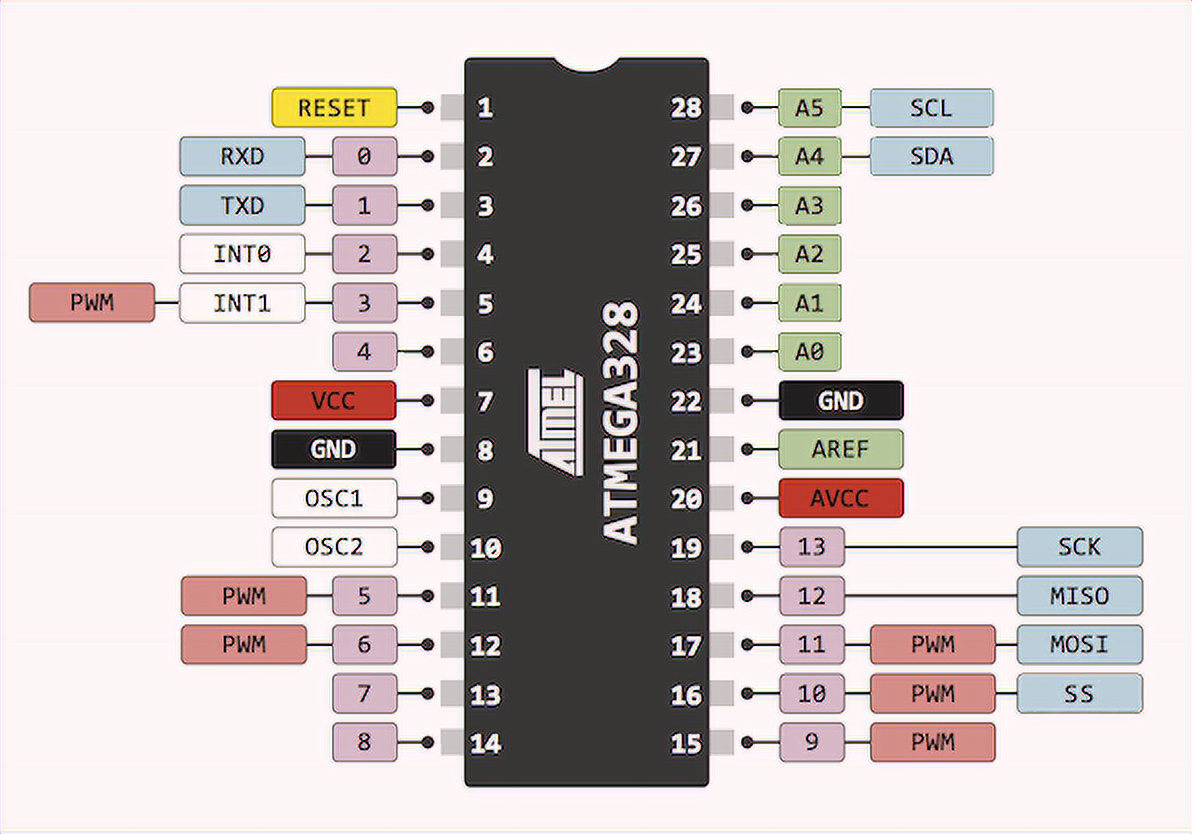
Pinout Atmega328p
Software
The tool for programming Arduino family is Arduino IDE.
This software is userfriendly and with little knowledge of programming you can improve easily your skills in it
Here you have a little overview of the program and its features.
The task
The assignment was clear: interact with the board and make it response.
To ensure a better endeavour we performed some simulations till we get confident.
So, we learn some basics in this amazing web Wokwi.
Here are some of my projects:
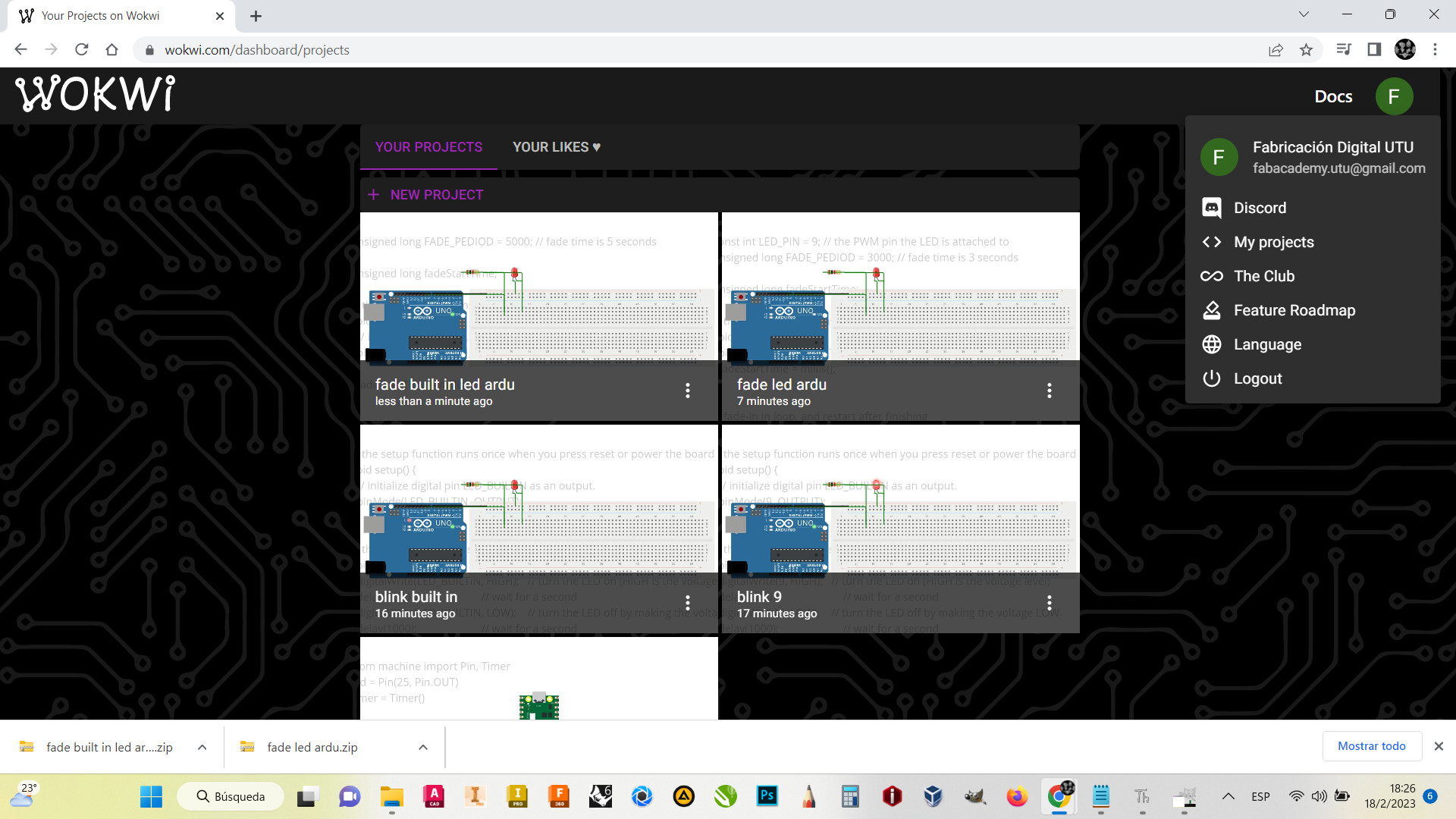
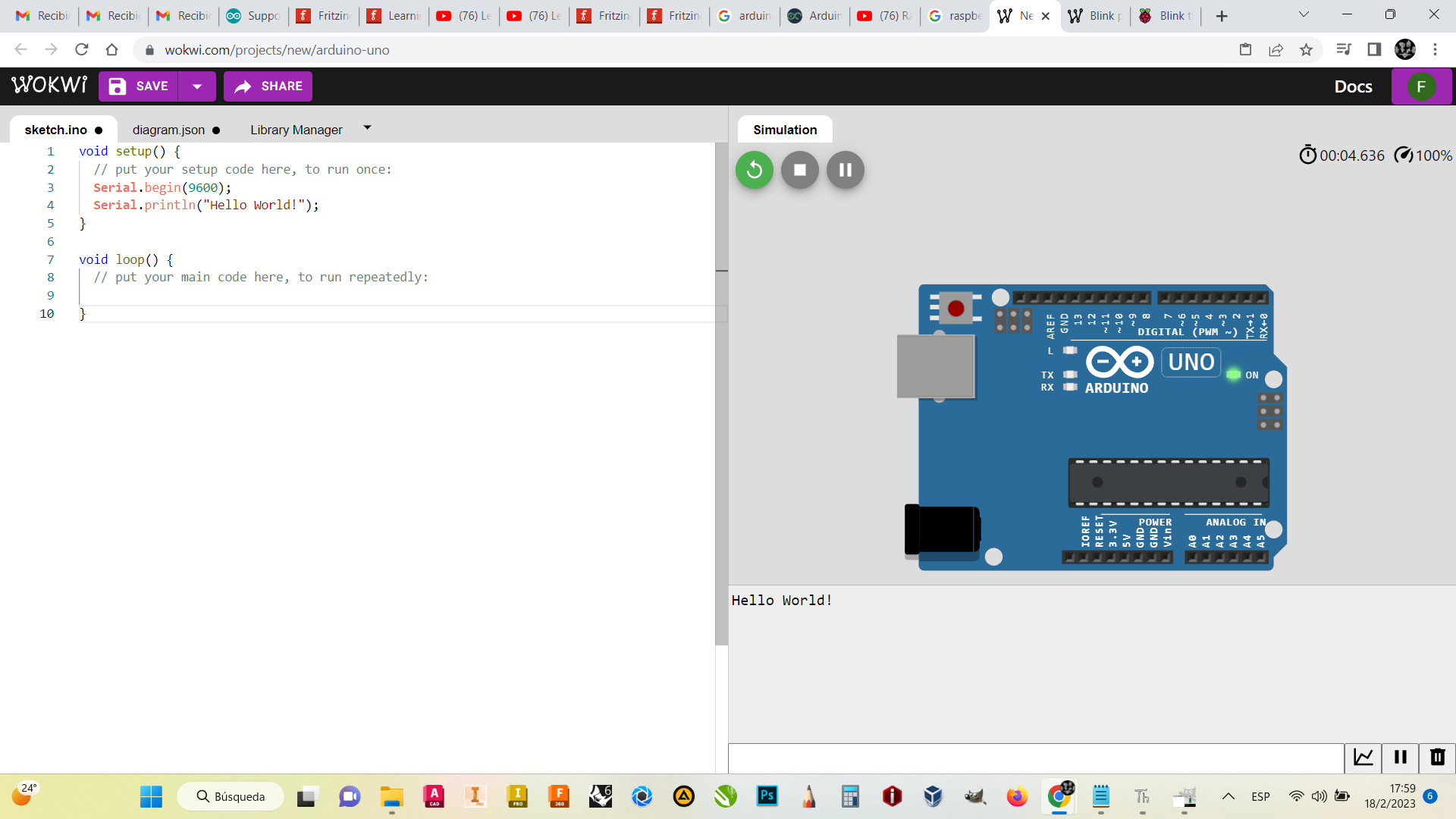
 Builtin Led blink
Also with a led outside hte board blink.
Builtin Led blink
Also with a led outside hte board blink.
After we succeed in the simulation....we did it for real. Program to give a feedback and make the builtin led blink.
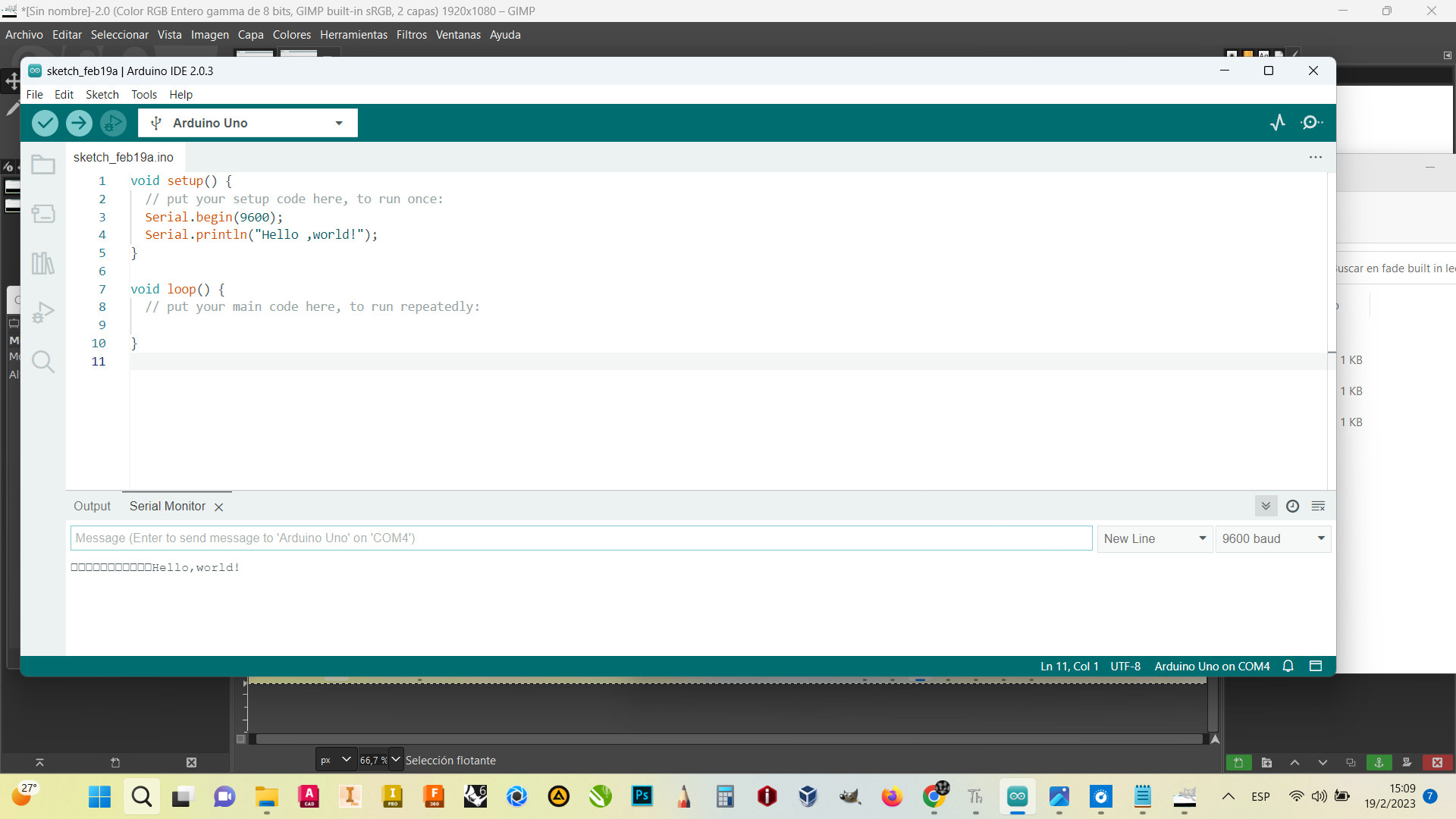
Raspberry Pi Pico
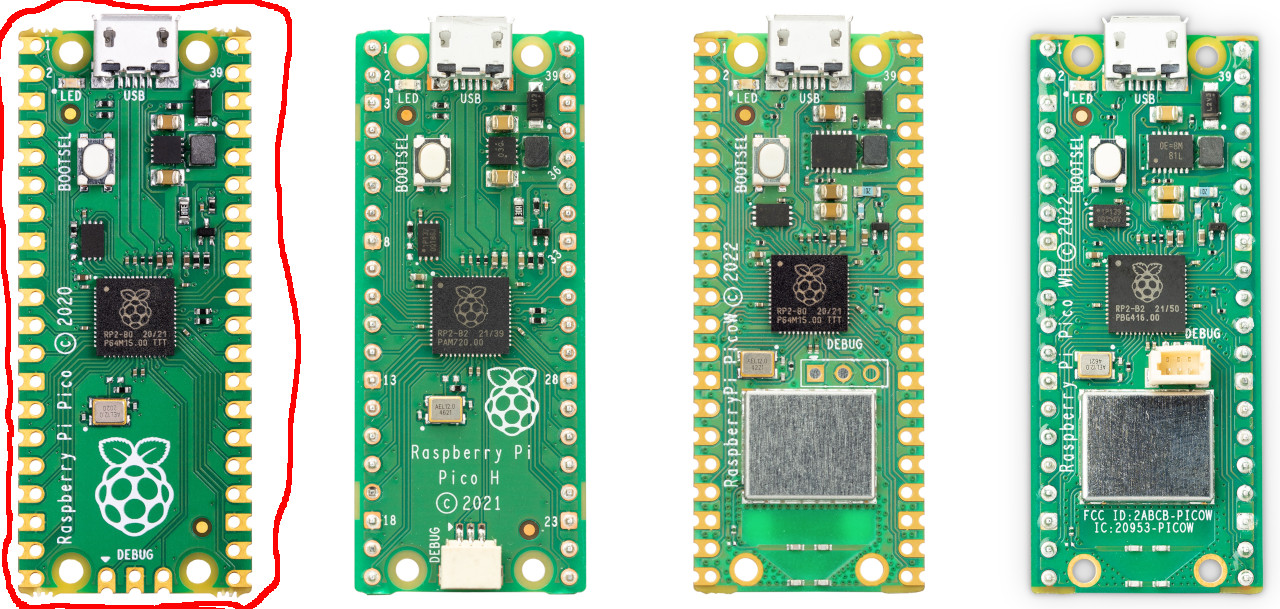
Technical specs
General Info Datasheet Datasheet RP2040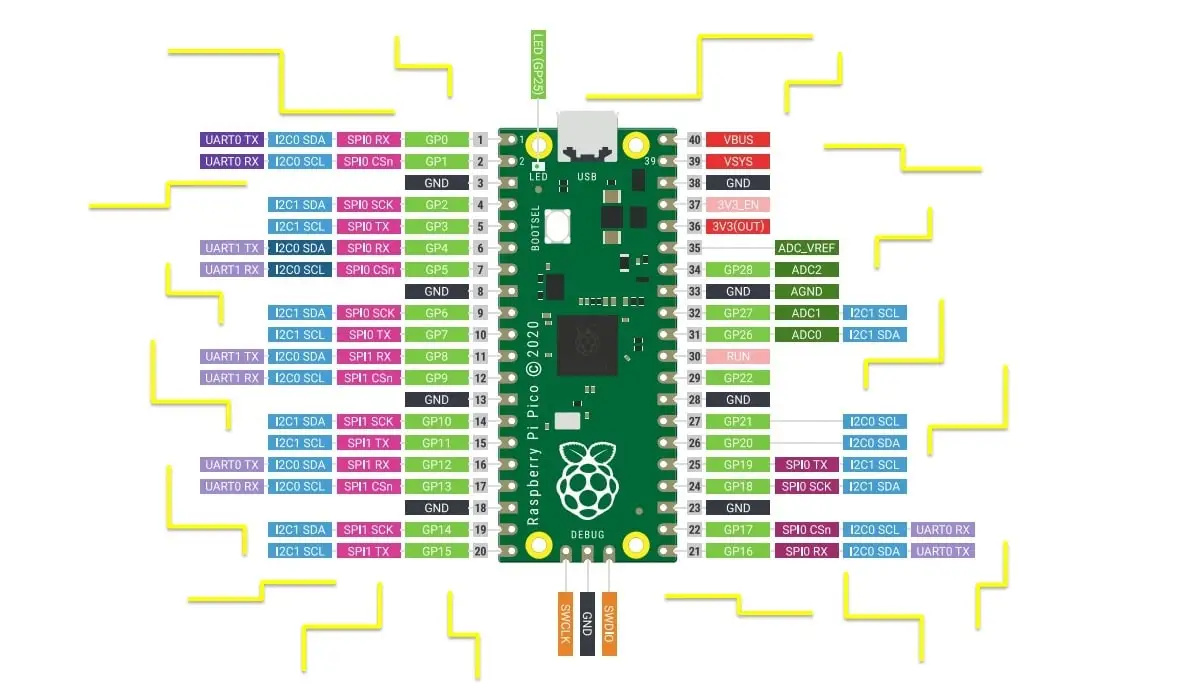
Pinout Raspberry Pi Pico
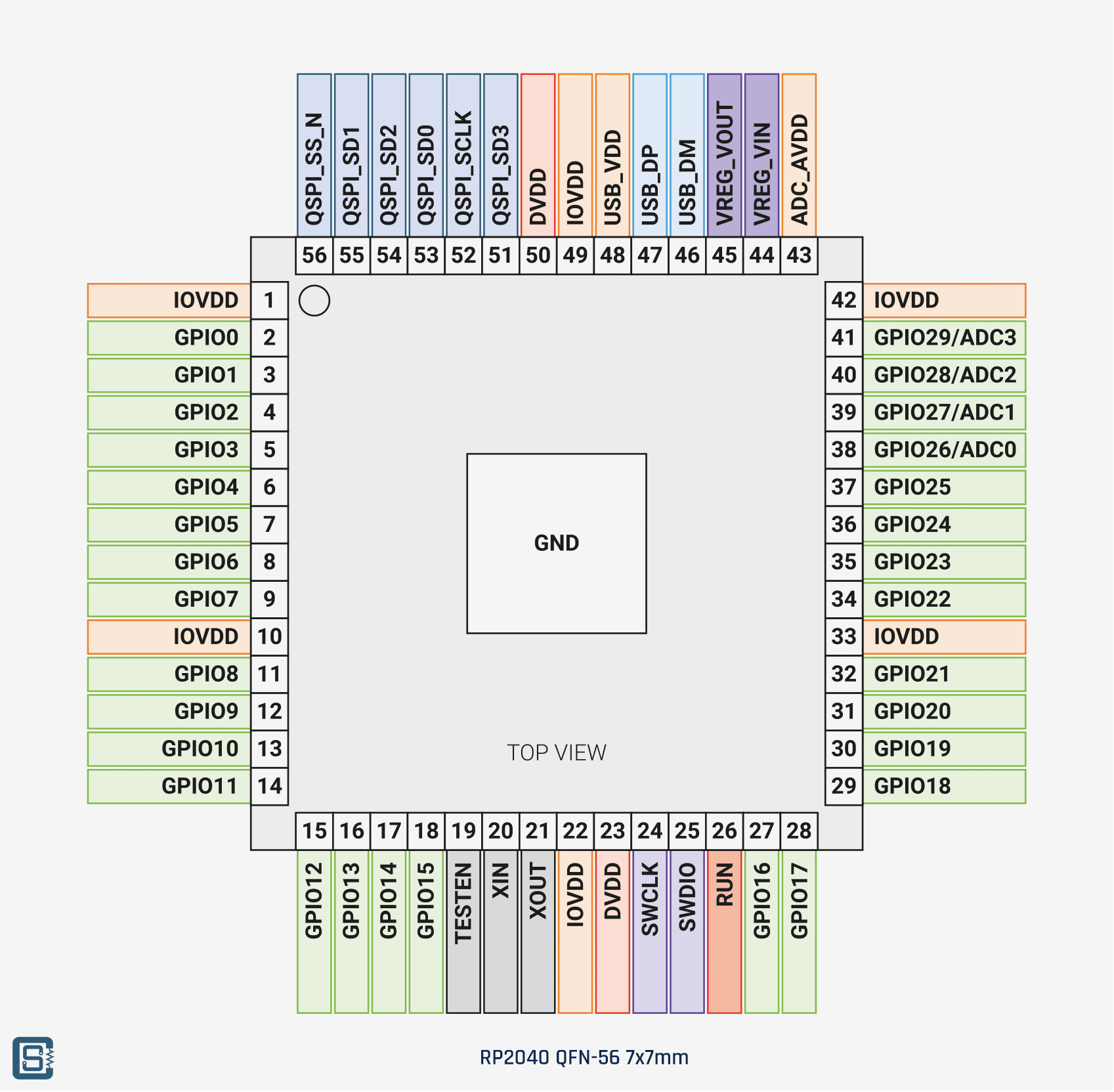
Pinout RP2040 Micro controller
Software
Raspberry Pi Pico is indeed a microcontroller, so it has similarities with Arduino Uno programming.
But, getting to work is another story, because you need to install Raspberry OS, MicroPython and Thonny.
Once you have all installed, is just a walk in the park.
Well, for this board we did the same approach. Tested in the simmulator and then, burn the program in the board.
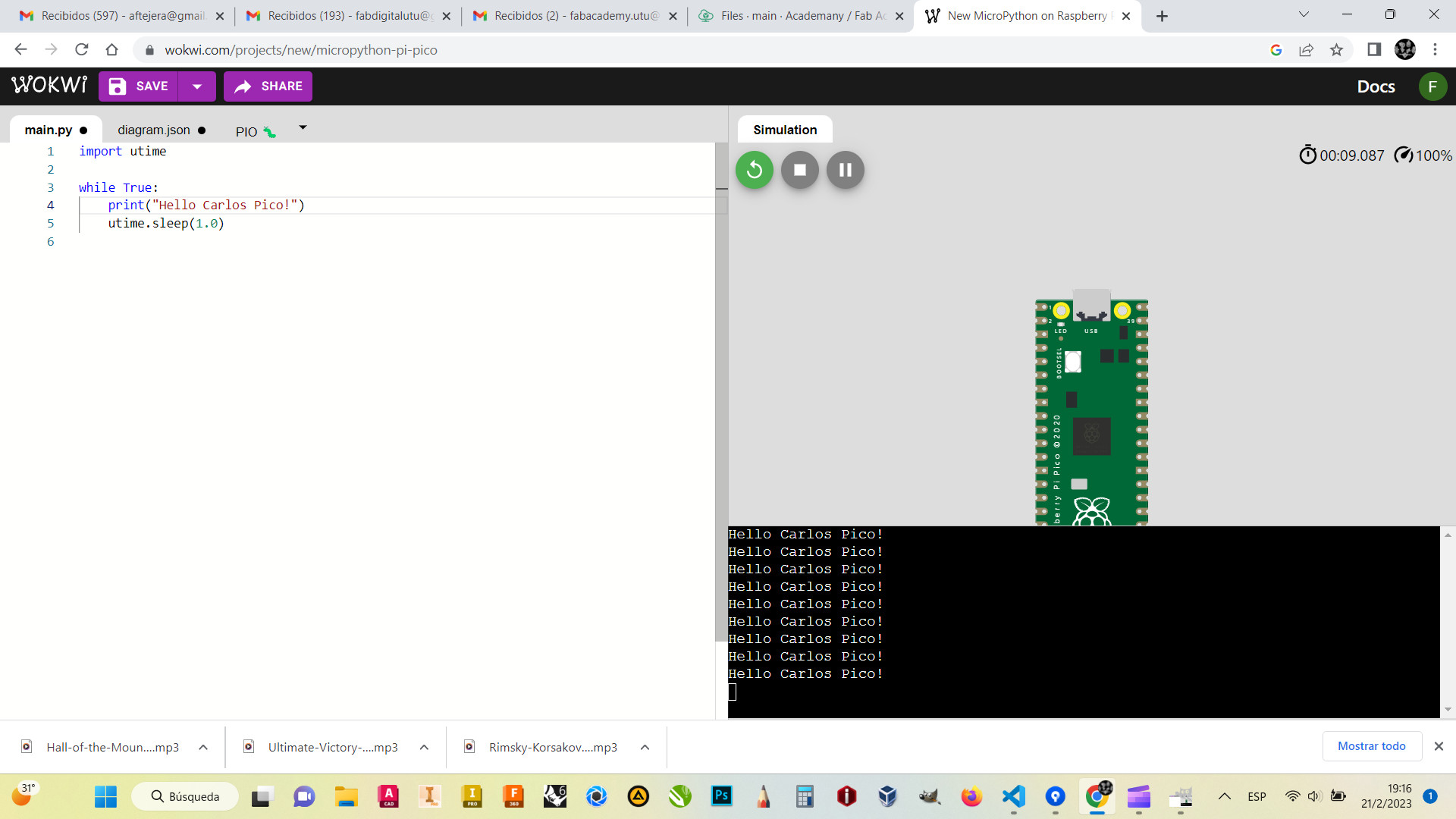
Simulation of Hello...our version
Simmulation Hello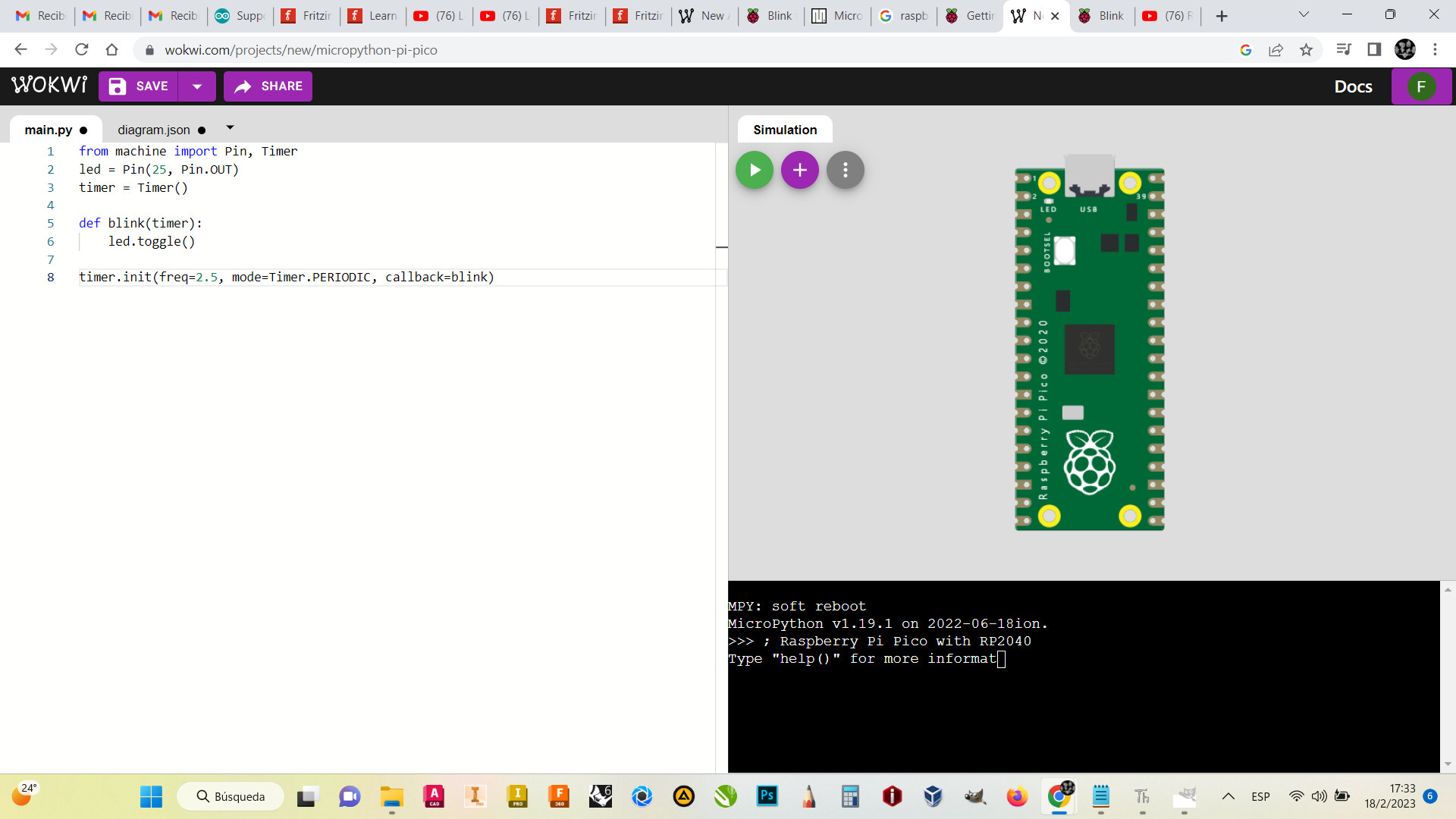
Simmulation of the blink
Blink PicoAnd now, the real deal.